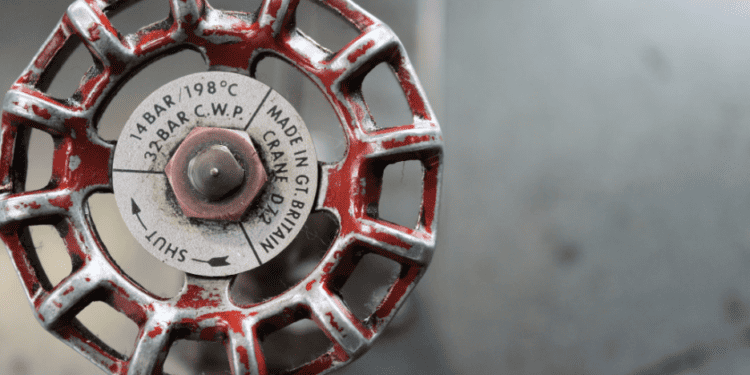In the dynamic world of fluid control, butterfly valves emerge as versatile and efficient solutions. Their varied designs cater to a range of applications, setting the stage for a “battle of the butterflies” as different types vie for supremacy in specific settings. This article, referencing insights from leading valves companies, offers a comparative look at the most common types of butterfly valves.
The Fundamentals
Butterfly valves are a type of quarter-turn valve used for regulating flow. Their basic design consists of a disk mounted on a rotating shaft. When the valve is fully open, the disk is aligned parallel to the flow direction, allowing passage. When closed, it rotates perpendicular, blocking flow. Valves companies have refined this design to suit various industrial needs, leading to the development of several types.
The Standard Choice
Concentric butterfly valves, also known as resilient-seated butterfly valves, are the most common type. These have a simple design where the stem is centered in the middle of the valve disc. A rubber or resilient seat is used, making them ideal for low-pressure and low-temperature applications. Valves companies often recommend these for water supply and HVAC systems due to their cost-effectiveness and straightforward operation.
Enhanced Performance
Double offset butterfly valves, another innovation by leading butterfly valves suppliers, are designed for higher pressure and temperature services. These valves have two offsets: one in the position of the shaft and the other in the seat geometry. This design reduces wear and tear on the valve seat and disc, enhancing longevity and performance. Such valves are frequently used in the oil and gas industry, as well as in process plants where higher pressure resistance is required.
For Demanding Conditions
Triple offset butterfly valves represent the pinnacle of design evolution. They include a third offset, the conical shape of the seating surface, which allows for a tighter seal. This type is typically metal seated, which makes them suitable for high-pressure and high-temperature applications, such as in power generation and refining industries. Leading valves companies recommend these for their reliability in demanding conditions.
The Versatile Option
High-performance butterfly valves, often supplied by specialized butterfly valves suppliers, are designed for a wide range of pressures and temperatures. They usually feature a double offset design and can be used in both on/off and throttling services. Their versatility makes them suitable for a variety of industries, including chemical, petrochemical, and pharmaceutical.
Meeting Specific Needs
Beyond these common types, valves companies also offer specialized butterfly valves tailored for unique applications. This includes lined valves for corrosive media, cryogenic valves for extremely low temperatures, and large diameter valves for water transmission pipelines. Each type is engineered to meet specific operational demands, showcasing the adaptability of butterfly valve technology.
In conclusion, the “battle of the butterflies” in the world of valves is not about supremacy, but about suitability. Each type of butterfly valve has been developed to meet specific operational requirements, offering a range of solutions for various industrial applications. As valve companies continue to innovate, the capabilities and applications of butterfly valves are expected to expand, further solidifying their role in efficient and effective fluid control.

Lisa Eclesworth is a notable and influential lifestyle writer. She is a mom of two and a successful homemaker. She loves to cook and create beautiful projects with her family. She writes informative and fun articles that her readers love and enjoy.












